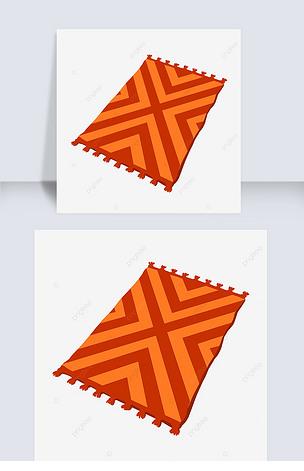Understanding the Power of MATLAB and Arduino: A Comprehensive Guide
Are you intrigued by the potential of combining MATLAB and Arduino? If so, you’ve come to the right place. MATLAB, a high-level language and interactive environment, is widely used for numerical computation, visualization, and programming. Arduino, on the other hand, is an open-source electronics platform based on easy-to-use hardware and software. Together, they offer a powerful combination for a wide range of applications. Let’s dive into the details and explore how you can leverage this dynamic duo.
What is MATLAB?
MATLAB, which stands for “MATrix LABoratory,” is a numerical computing environment and programming language developed by MathWorks. It is designed to be an interactive environment that makes it easy to perform computationally intensive tasks. MATLAB is widely used in engineering, science, and economics, among other fields, for its ability to handle complex calculations, data analysis, and visualization.

Some key features of MATLAB include:
- High-level language for numerical computation
- Interactive environment for data analysis and visualization
- Extensive library of built-in functions for various applications
- Support for various programming languages and tools
What is Arduino?
Arduino is an open-source electronics platform that consists of both hardware and software. The hardware is an open-source physical computing platform based on a simple microcontroller board, and the software is a development environment for writing software for the board. Arduino is widely used for prototyping, education, and hobbyist projects due to its ease of use and flexibility.
Some key features of Arduino include:
- Open-source hardware and software
- Simple and easy-to-use development environment
- Support for various microcontrollers
- Extensive library of libraries and examples
Combining MATLAB and Arduino
Now that we have a basic understanding of both MATLAB and Arduino, let’s explore how they can be combined to create powerful applications. By using MATLAB to control an Arduino board, you can leverage the strengths of both platforms to create innovative projects.

Here’s a step-by-step guide on how to get started:
-
Install MATLAB and Arduino IDE on your computer.
-
Connect your Arduino board to your computer using a USB cable.
-
Open the Arduino IDE and upload a simple “Blink” sketch to your Arduino board.
-
In MATLAB, open a new script and use the
arduinoreadandarduinowritefunctions to send and receive data from the Arduino board. -
Use MATLAB’s built-in functions and libraries to process the data received from the Arduino board and perform calculations or visualizations.
Here’s an example of a MATLAB script that reads data from an Arduino board and plots it:
function read_and_plot() % Open serial port serialPort = serial('COM3', 'BaudRate', 9600); open(serialPort); % Read data from Arduino data = arduinoRead(serialPort); % Close serial port close(serialPort); % Plot data plot(data); xlabel('Time'); ylabel('Data');endApplications of MATLAB and Arduino
Combining MATLAB and Arduino opens up a world of possibilities for various applications. Here are some examples:
-
Environmental monitoring: Use MATLAB to analyze data from sensors connected to an Arduino board to monitor environmental conditions such as temperature, humidity, and air quality.
-
Robotics: Control robotic systems using MATLAB to process sensor data and make decisions based on the input received from an Arduino board.
-
Automotive: Use MATLAB to analyze data from vehicle sensors connected to an Arduino board for diagnostics and performance optimization.
-
Healthcare: Monitor vital signs using MATLAB and an Arduino board to track patient health and provide real-time feedback.
Conclusion
By combining the power of MATLAB and Arduino, you can create innovative and powerful applications in various fields. Whether you’re a student, hobbyist, or professional, this dynamic duo offers a wealth of opportunities for experimentation and
